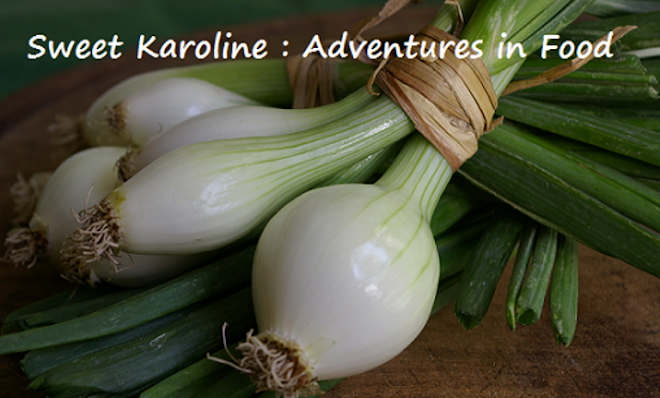
Homemade mayonnaise, while it may seem like a ridiculous concept, is far better than its store-bought counterpart. When all is said and done, it really only adds an extra 10 minutes to prep time. Our version uses a cooked egg -- traditional recipes use raw -- so that it is safe for pregnant diners or anyone else concerned about the consumption of raw eggs. The addition of water keeps the white bright and lends an extra fluff to the final product. This mayo is unadorned, best used as a base for sauces and other dishes. If it seems like too much of a pain in the butt to you, feel free to substitute your favorite brand when making the remoulade below.
Laying in bed last week, I stumbled across Molly Wizenberg's piece on celery root in Bon Appetit magazine. Firmly attached to some craving center in my brain, I just had to have celery root remoulade. The dish is quite simple, with the only key being the draining of the celery root. If you don't squeeze hard enough, the end result will be loose and watery. Think of CRR as an elegant coleslaw, served in the winter months as a teaser for the barbecues to come later in the year. I enjoy it most with roast chicken and deeply caramelized potatoes. The next day, rub two slices of toast with garlic, chop a few anchovies, and layer the remoulade with leftover chicken. The sandwich might even be tastier than the previous night's dinner.
Mayonnaise
Makes approx. 1 quart
1 egg, poached
2 tablespoons vinegar
4 tablespoons water
1 teaspoon salt
Pinch paprika
3 cups canola oil
1. In a food processor, combine egg, vinegar, water, salt, and paprika. Run the machine for two minutes.
2. With the machine still running, slowly drizzle in oil. Stop the machine. Taste for seasoning, and add more salt and paprika if you like.
3. Store in the fridge, covered. It will last for at least a week.
Celery Root Remoulade
Makes approx. 1 quart
1 pound celery root, peeled and shredded
1 teaspoon salt
1 large shallot, minced
6 tablespoons mayo (from above recipe)
2 tablespoons vinegar
1 tablespoon mustard (we will be posting a recipe for this once we have perfected the proportions)
1/4 cup chopped parsley
1. In a large bowl, combine shredded celery root and salt. Let stand for 1 hour.
2. Transfer celery root to a colander placed in the sink. Rinse celery root. Using your hands, wring out excess liquid.
3. In a clean bowl, combine celery root, shallot, mayo, vinegar, mustard, and parsley. Stir well. Taste for seasoning, and add more salt, if you like.










